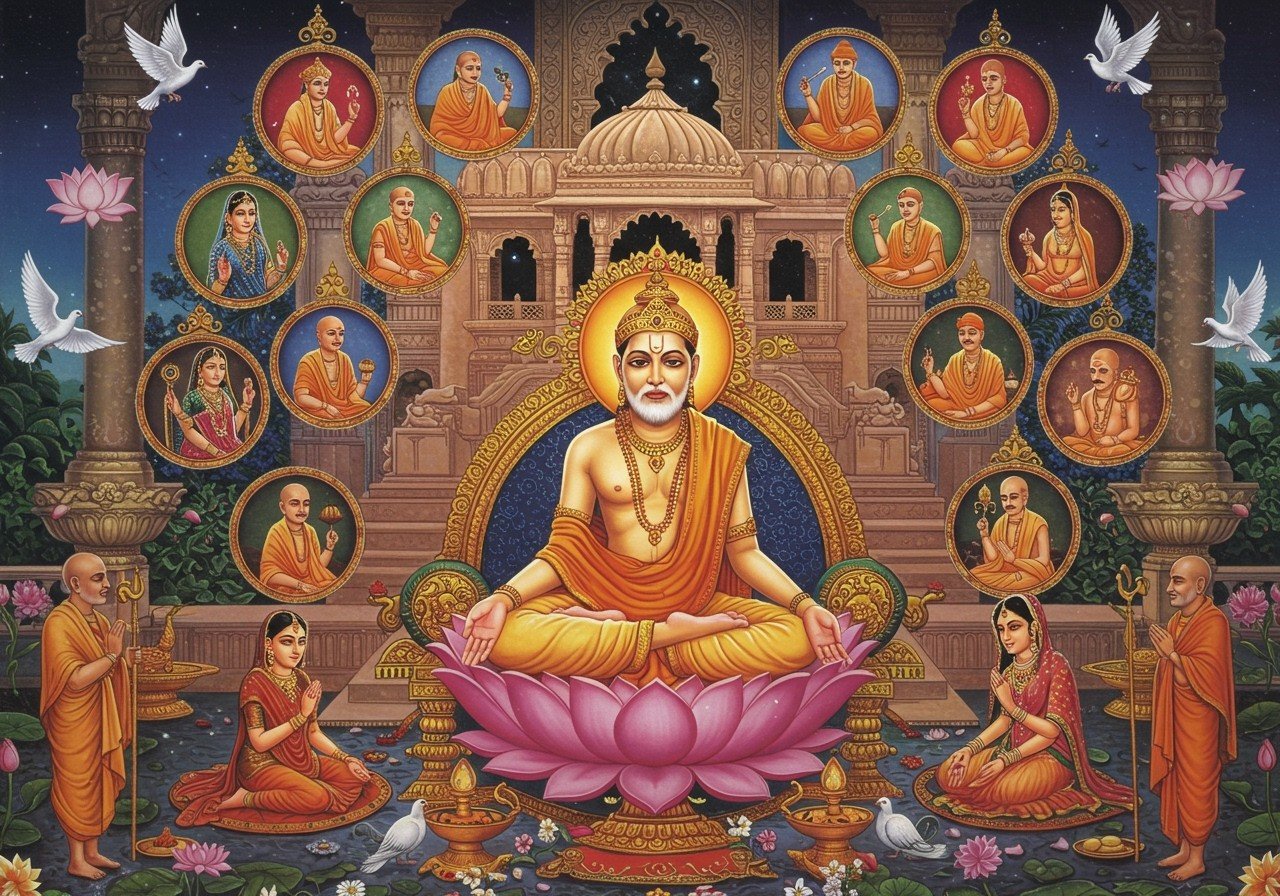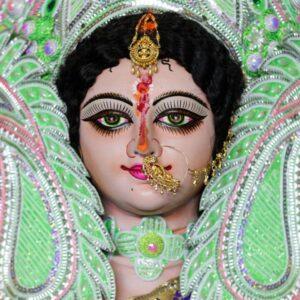
Mahavira, also known as Vardhamana, the 24th Tirthankara of Jainism, holds a significant place in Jain philosophy and practice. Born in the 6th or 5th century BCE, a contemporary of Gautama Buddha, his life and teachings profoundly impacted the Jain community. Delving into the key figures in Mahavira’s life—his family, friends, and disciples—offers valuable insights into his spiritual journey and enduring legacy. He taught principles of extreme asceticism and nonviolence. Mahavira’s teachings aimed at freeing the soul from the cycle of rebirth. He encouraged participation from all social standings and emphasized the attainment of liberation from pain, misery, and vices.
Mahavira’s Family Background
Born into the royal Kshatriya clan of the Ikshvaku dynasty, Mahavira’s upbringing significantly shaped his worldview. His father, King Siddhartha of Kundagrama, and his mother, Queen Trishala, a Licchavi princess, provided him with a privileged life. Experiencing the luxuries and responsibilities of royalty, Mahavira ultimately chose to renounce worldly comforts in pursuit of spiritual enlightenment. This decision stemmed from the values and heritage instilled by his family, demonstrating the interplay between worldly experience and spiritual seeking.
Mahavira’s Companions and Influences
Relationships played a crucial role in Mahavira’s spiritual development. While specific names of close friends aren’t widely documented, his interactions with contemporaries, including Gosala Makkhaliputta, founder of the Ajivika sect, proved influential. Initially a follower of Mahavira, Gosala’s eventual divergence highlighted the importance of independent thought and diverse perspectives within spiritual exploration. These interactions refined Mahavira’s teachings, emphasizing the value of understanding differing viewpoints.
Mahavira’s Disciples: Pillars of Jainism
Mahavira’s disciples were essential to disseminating his teachings. Gautama Swami, his chief disciple, played a pivotal role in propagating Jainism, organizing Mahavira’s teachings, and establishing the Jain community. Other key disciples, such as Sudharman, Jambuswami, and Prabhava, further solidified Mahavira’s legacy. Through these dedicated followers, Mahavira’s teachings were preserved, transmitted, and expanded upon across generations.
Mahavira’s Lineage and Legacy
Mahavira’s connection to the Ikshvaku dynasty, a historically significant lineage in ancient India, influenced the reception of his teachings. The dynasty’s continuity contributed to preserving Mahavira’s legacy within Jain history. His clan affiliation also shaped his philosophical contributions to Jainism, intertwining personal history with spiritual innovation. Mahavira’s emphasis on non-violence, asceticism, and liberation from the cycle of rebirth continues to resonate with followers today.
Honoring Mahavira’s Teachings with Poojn.in
Poojn.in, India’s leading online store for cultural and spiritual goods, offers a wide selection of items to help you connect with Mahavira’s teachings and the rich heritage of Jainism. Explore our curated collection, including:
- Statues of Mahavira: Find exquisitely crafted statues of Lord Mahavira in pure brass and copper, perfect for your home temple or meditation space. Browse our collection.
- Jain Puja Items: Discover authentic Jain puja items and ritual materials, ethically sourced and crafted with respect for Jain traditions. Explore our range of products.
- Sacred Texts and Scriptures: Deepen your understanding of Mahavira’s life and philosophy with our collection of Jain scriptures and religious texts. Learn more.
Frequently Asked Questions About Mahavira
What was Mahavira’s birth name? Mahavira’s birth name was Vardhamana.
Who were Mahavira’s parents, and to which dynasty did they belong? Mahavira’s parents were King Siddhartha and Queen Trishala of the Ikshvaku dynasty.
Who was Mahavira’s chief disciple? Indrabhuti Gautama is recognized as Mahavira’s main disciple.

